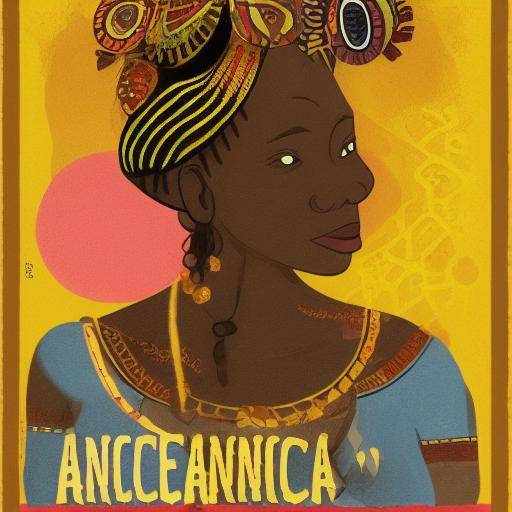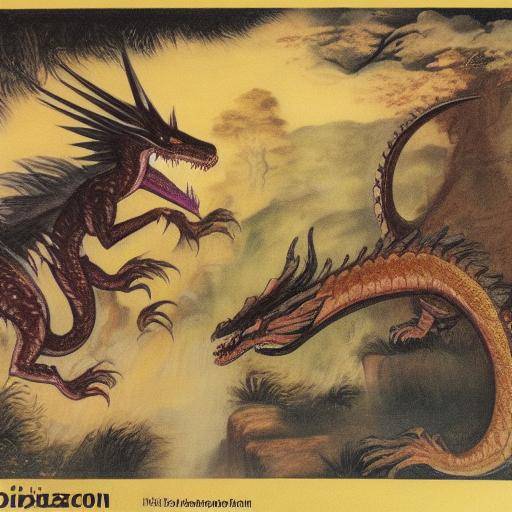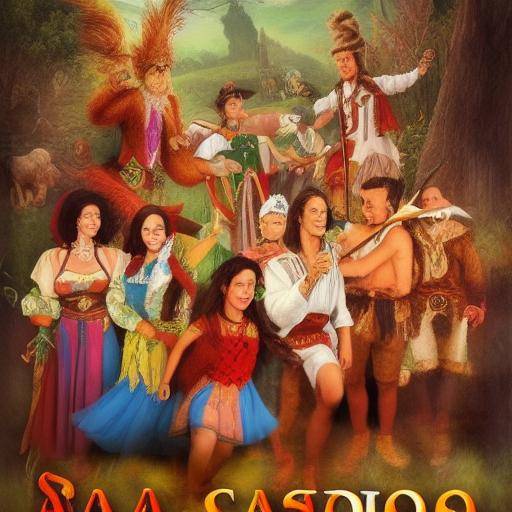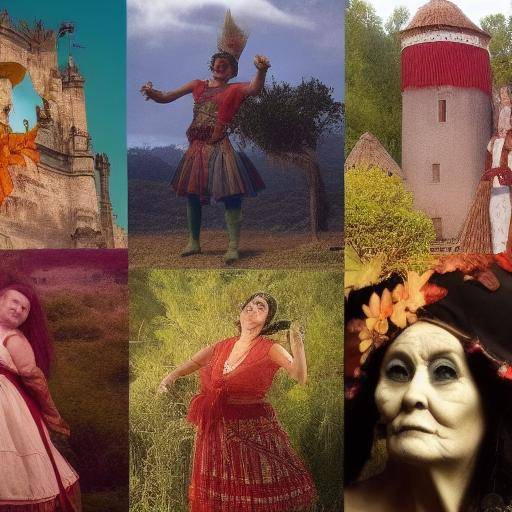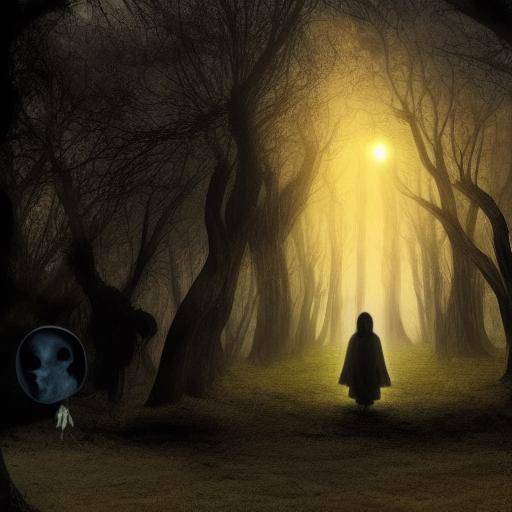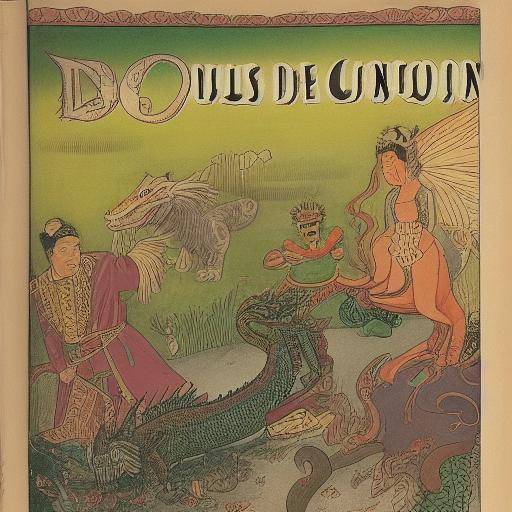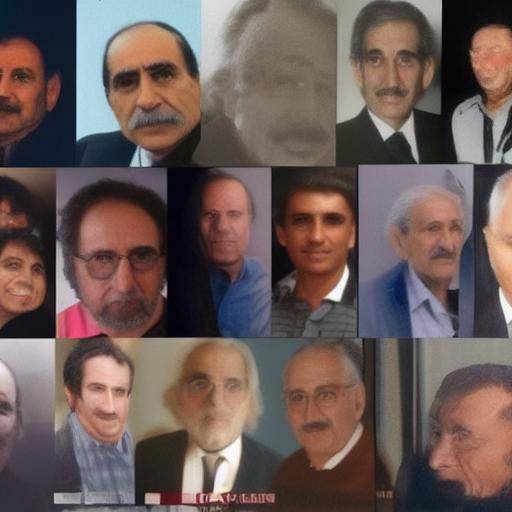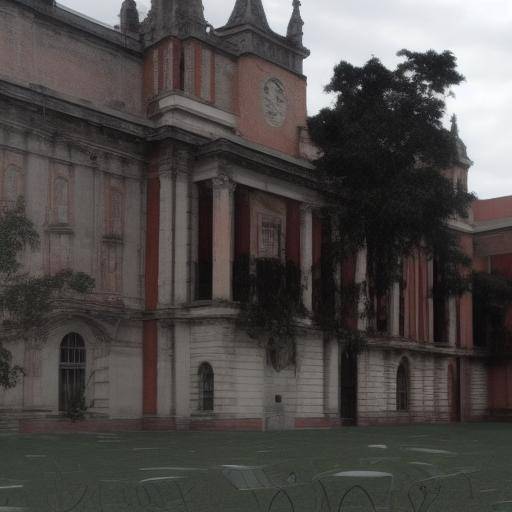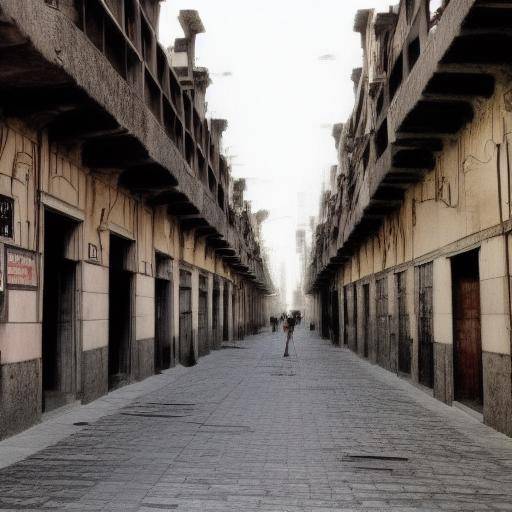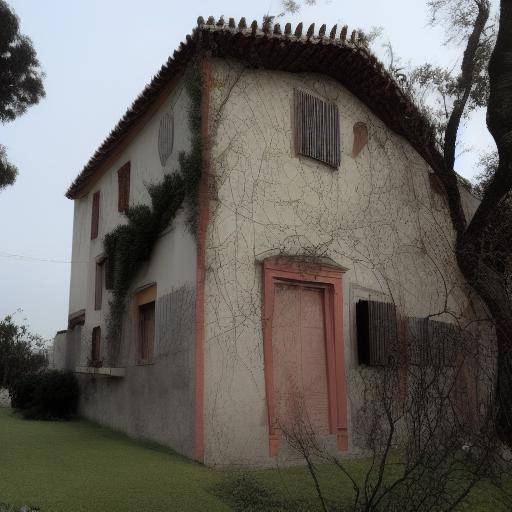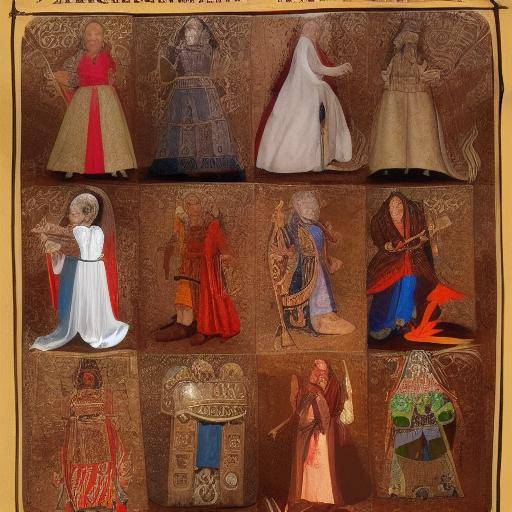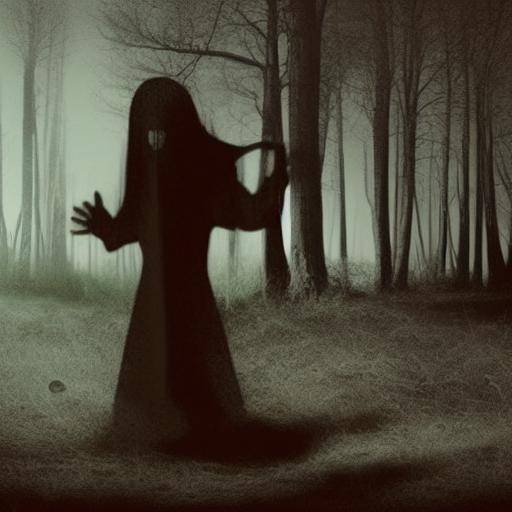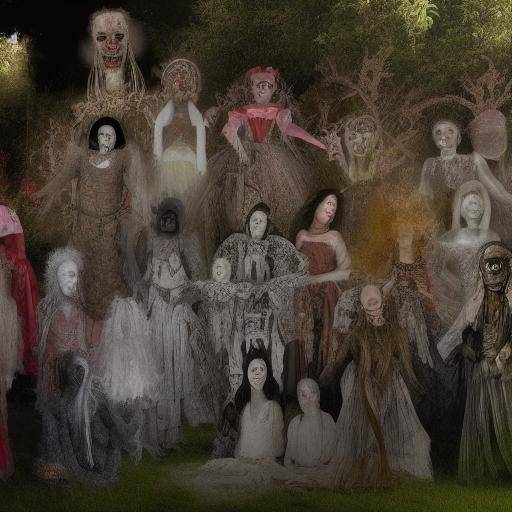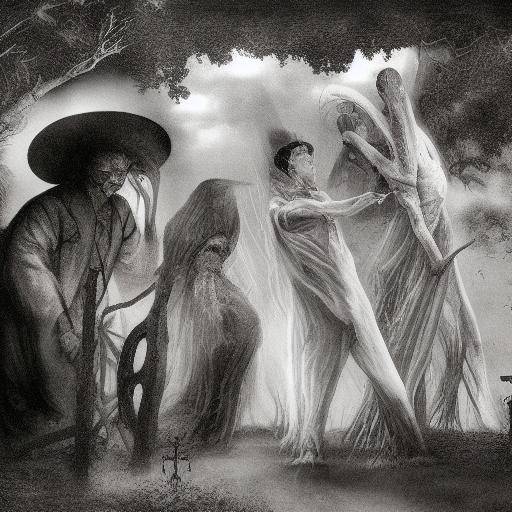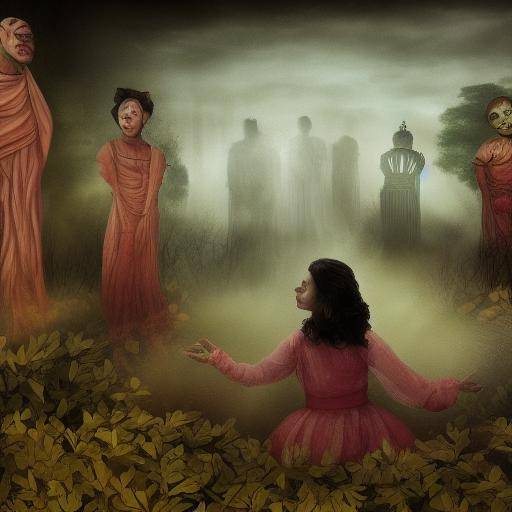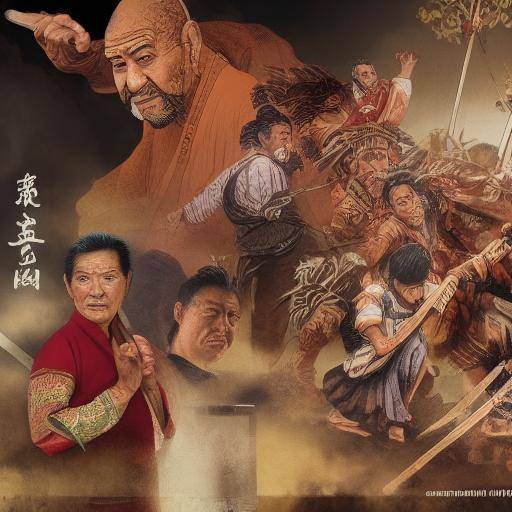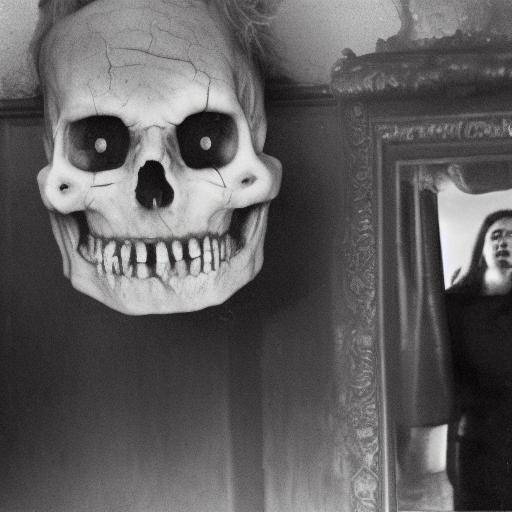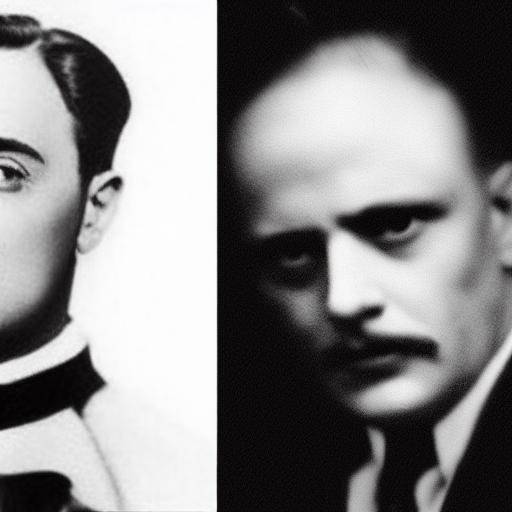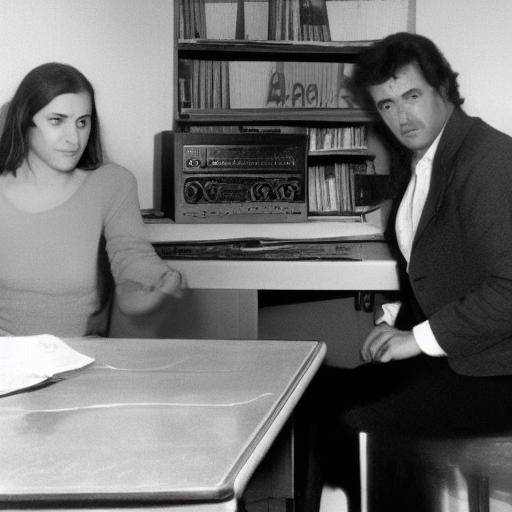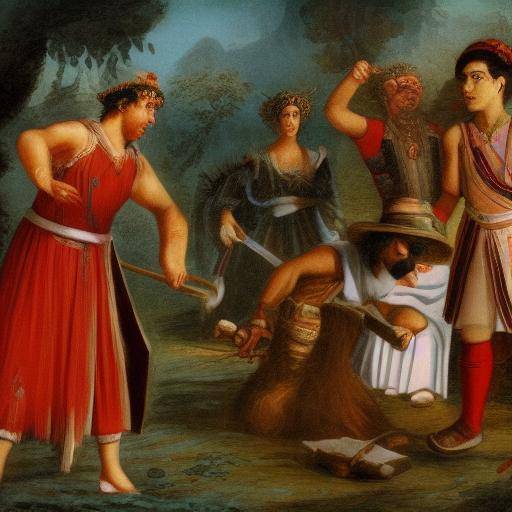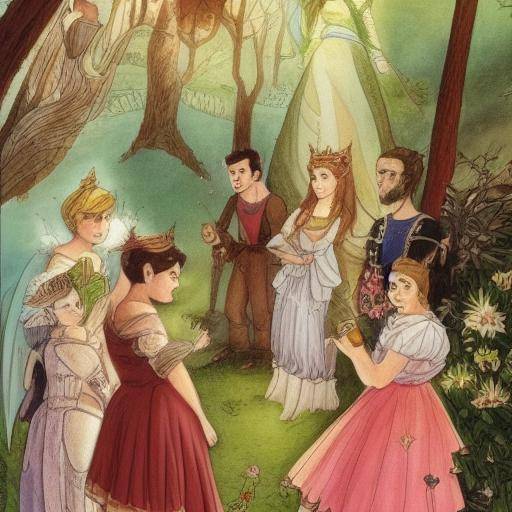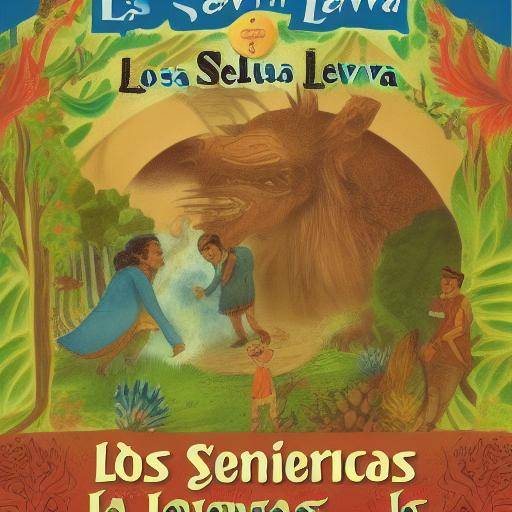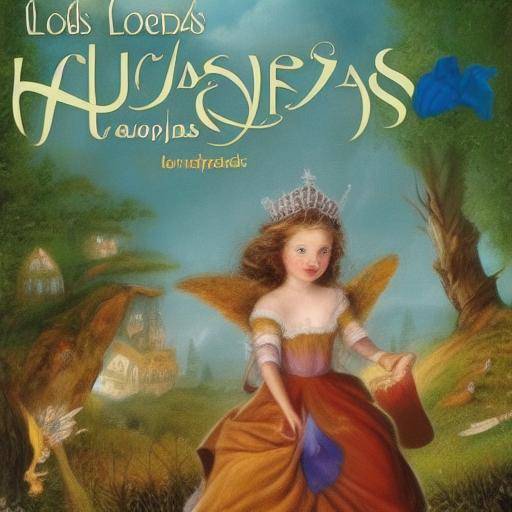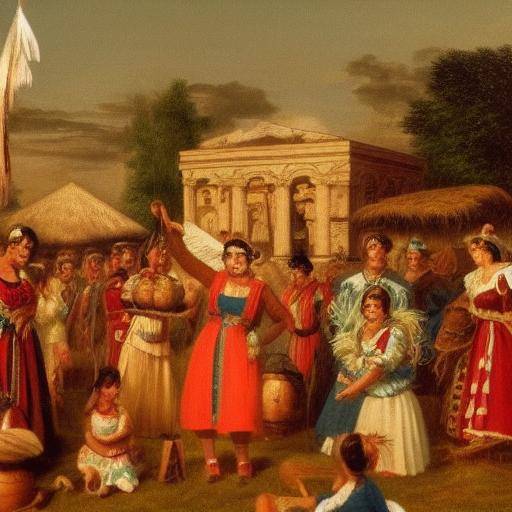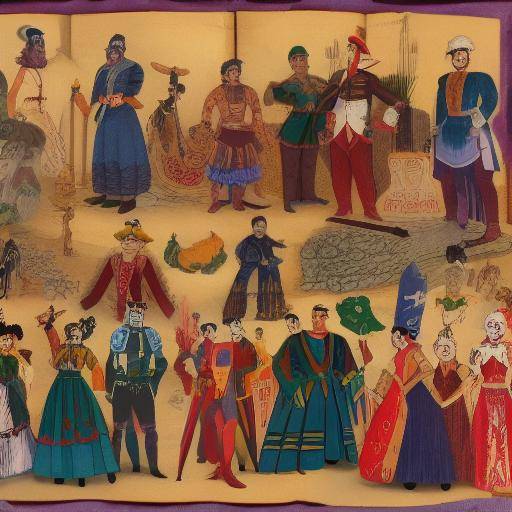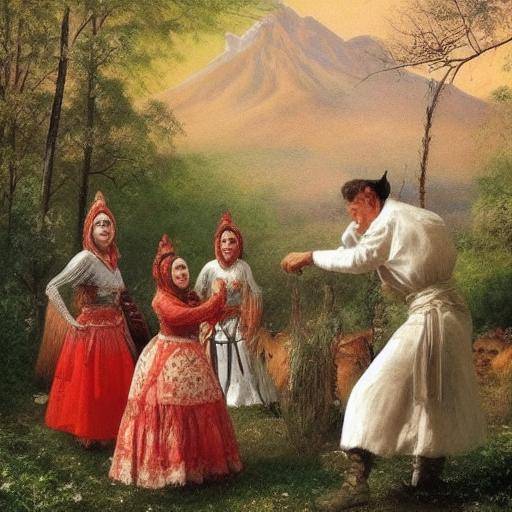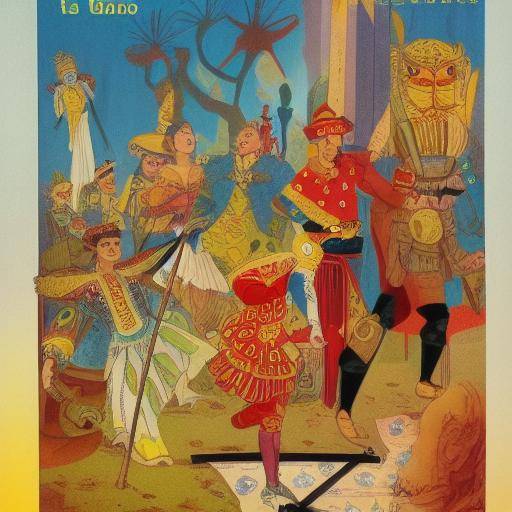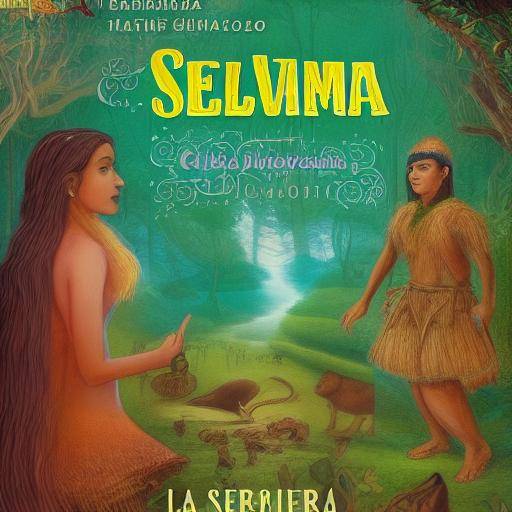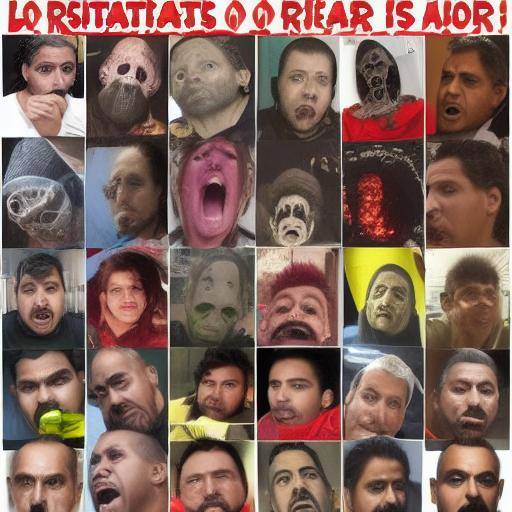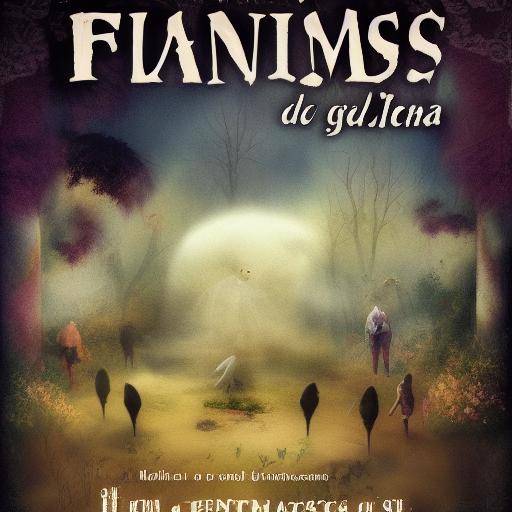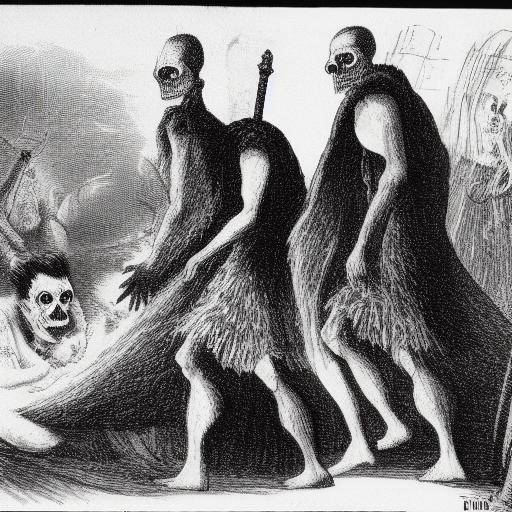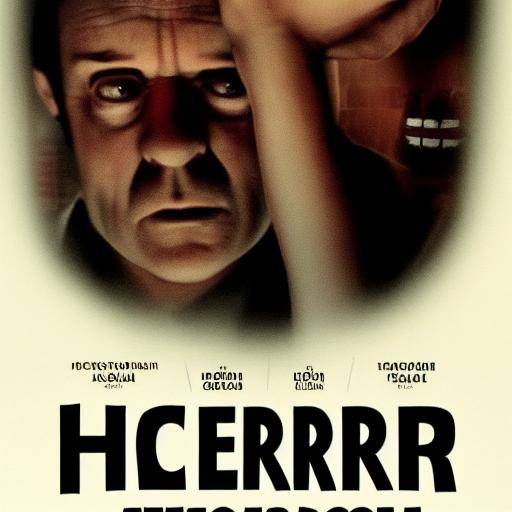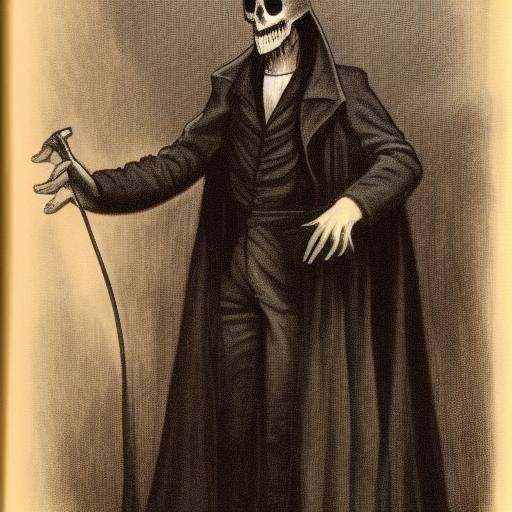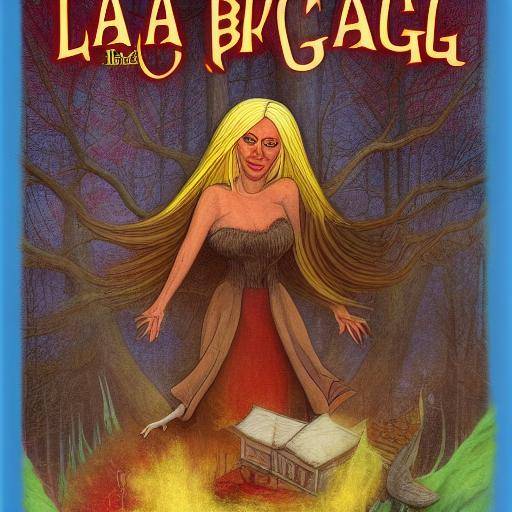
Have you ever wondered about the mysterious stories of the Slavic folklore witches? In this article, you will immerse yourself in the fascinating world of Baba Yaga, the famous witch of the Slavic Forest. You will discover the legend of his 'house with hen legs', his ambiguous morals and how he has been portrayed throughout the Slavic tales. In addition, we will explore its historical relevance as well as its influence on the current popular culture. Prepare for an exciting journey through the myths and realities of the legendary Baba Yaga.
Introduction
Slavic folklore is impregnated with dark and mysterious characters, and Baba Yaga is undoubtedly one of the most outstanding. This witch, known for its disturbing 'house with chicken legs', is a recurring element in the popular tales of Eastern Europe. However, their role goes beyond scaring children, as their ambiguous morals defies the conventions of traditional storytellers. Throughout the Slavic Tales, Baba Yaga has maintained its powerful influence, making it a vital reference point to get into Slavic culture.
History and Background
Origins of Baba Yaga
The origin of Baba Yaga dates back to the Slavic mythology, where it appears as a dual figure: a wise guardian of the forest and, at the same time, a fearful sorcerer. Their representation can vary, often associated with the duality of human nature and its ambiguous morality.
Evolution over time
Throughout the centuries, Baba Yaga has undergone transformations within the Slavic folklore, adapting to different eras and cultures. This has made it a character with multidimensionality and ambiguous morals that challenges the conventional conceptions of good and evil.
Impact on Popular Culture
The influence of Baba Yaga transcends folklore. The witch of the Slavic forest has been portrayed in works of literature, music, art and even in contemporary cinematography. The enigmatic and terrifying character of Baba Yaga makes it an inexhaustible inspiration for creators from all over the world.
Relevant anecdotes
The story of Ivan Tsarevich and the witch Baba Yaga, one of the most popular tales of Slavic folklore, highlights the complex relationship between mortals and the witch. This narrative provides a deeper view of Baba Yaga's ambiguous morality, as well as his influence on the decision-making of the characters.
Deep analysis
La Casa con Patas de Gallina: El Mito y la Realidad
Baba Yaga's famous "house with chicken legs" is an enigmatic symbol that has puzzled generations. From the perspective of folklore, the abode of Baba Yaga represents the connection with the spiritual world and the transition between realities. In the literal context, this aspect provides a unique view of the nature of Baba Yaga, which challenges known household stereotypes.
The Moral Ambigua of Baba Yaga
Baba Yaga's morals are intriguing. While their actions are often presented as malevols, there are examples of their help to those who respect and meet their demands. This moral duality challenges the conventional perception of the story characters and awakens fascinating questions about good and evil in the Slavic folklore.
The Role of Baba Yaga in the Tales
Popular stories cover a lot of stories with Baba Yaga as the main or secondary protagonist. These accounts highlight the influence of Baba Yaga in the events and decisions of the characters, which reflects his power and role in the Slavic folklore.
Comprehensive review
Current Applications and Practices
Surprisingly, the figure of Baba Yaga has transcended time and folklore to find contemporary applications in various fields. From psychological analysis to inspiration in fashion and art, the presence of Baba Yaga continues to resonate in current society.
Opinions of Experts and Future Trends
Expert opinions offer valuable insights on the continuing impact of Baba Yaga on current society and how his figure can evolve in the future. Academic studies and the perspectives of folklore and mythology experts shed light on emerging trends and the potential impact of Baba Yaga on future generations.
Comparison of Thematics: House with Patas of Gallina, Moral Ambigua and Tales
Exploring the interrelationship between "house with chicken legs", ambiguous morals and stories allows us to understand the depth and complexity of Baba Yaga as a character. Its actions and abode, placed in context, reveal fascinating dynamics among the elements that define it as a mythological entity.
Practical Tips and Accessible Recommendations
How to interpret Baba Yaga's story in everyday life? We will provide practical recommendations on how to understand and apply concepts related to Baba Yaga in different aspects of life, from art to ethical decision-making.
Conclusions and FAQs
Conclusions
Baba Yaga, the witch of the Slavic forest, continues to captivate generations with her 'house with chicken legs', her ambiguous morals and her immense role in the popular tales. Their cultural relevance and resonance in today's society demonstrate the powerful significance of myths and legends in human culture.
Frequently asked questions
What does the house represent with chicken legs in the history of Baba Yaga?
The house with hen legs acts as a bridge between the worlds, a metaphor of the connection between earthly life and the spiritual realm that Baba Yaga inhabits.
Why is Baba Yaga's morality considered ambiguous?
Baba Yaga defies moral conventions, showing both compassion and cruelty in his interactions with those who visit her, making her a challenging character to classify.
What lessons can we learn from Baba Yaga's stories?
Baba Yaga's stories address complex issues such as overcoming fear, cunning, decision-making and authenticity, offering valuable lessons on life and morals.
How has the figure of Baba Yaga influenced contemporary popular culture?
Baba Yaga has inspired numerous adaptations in literature, cinema, music and visual arts, making it a timeless icon of narration and creativity.
What perspectives do experts offer on the lasting meaning of Baba Yaga?
Experts see in Baba Yaga a figure that will continue to generate interest and reflection in future generations, demonstrating its lasting impact on human culture and psyche.
How can we apply the concepts of Baba Yaga in our everyday life?
Understanding the moral complexity of Baba Yaga and his role in stories gives us valuable insights into human duality and ethical decision-making in everyday life.
Concluding, the figure of Baba Yaga, with his home with hen legs and ambiguous morals, is a fascinating puzzle in the Slavic folklore. Through the detailed exploration of its history, its role in popular tales and its contemporary relevance, we appreciate its remarkable influence on culture and arts. In discovering its nuances, we immerse ourselves in a rich tradition of narrative that continues to captivate and challenge humanity.

